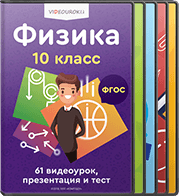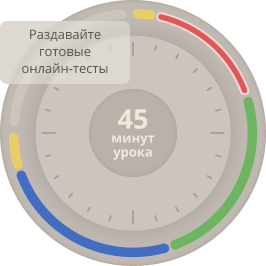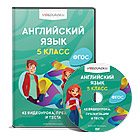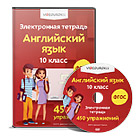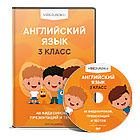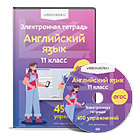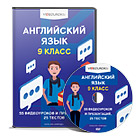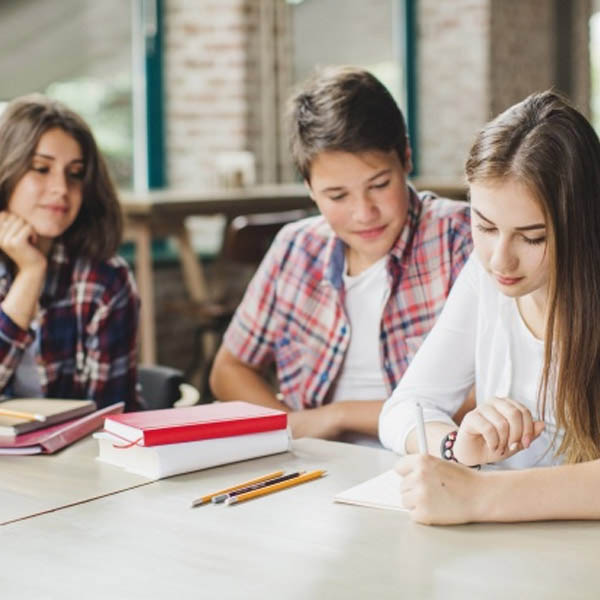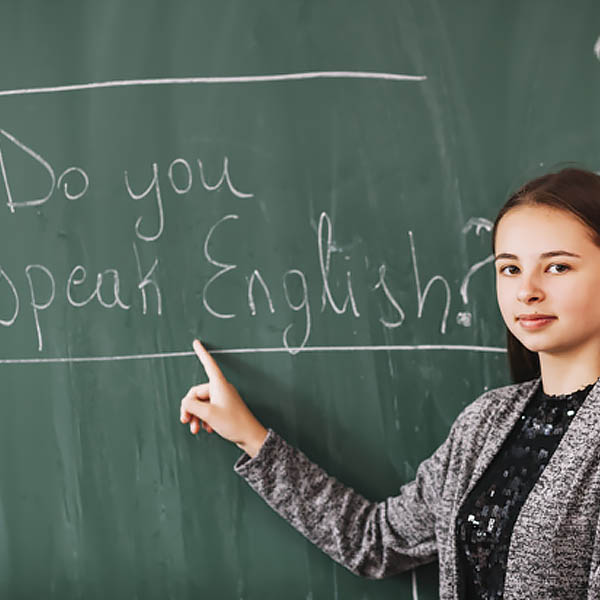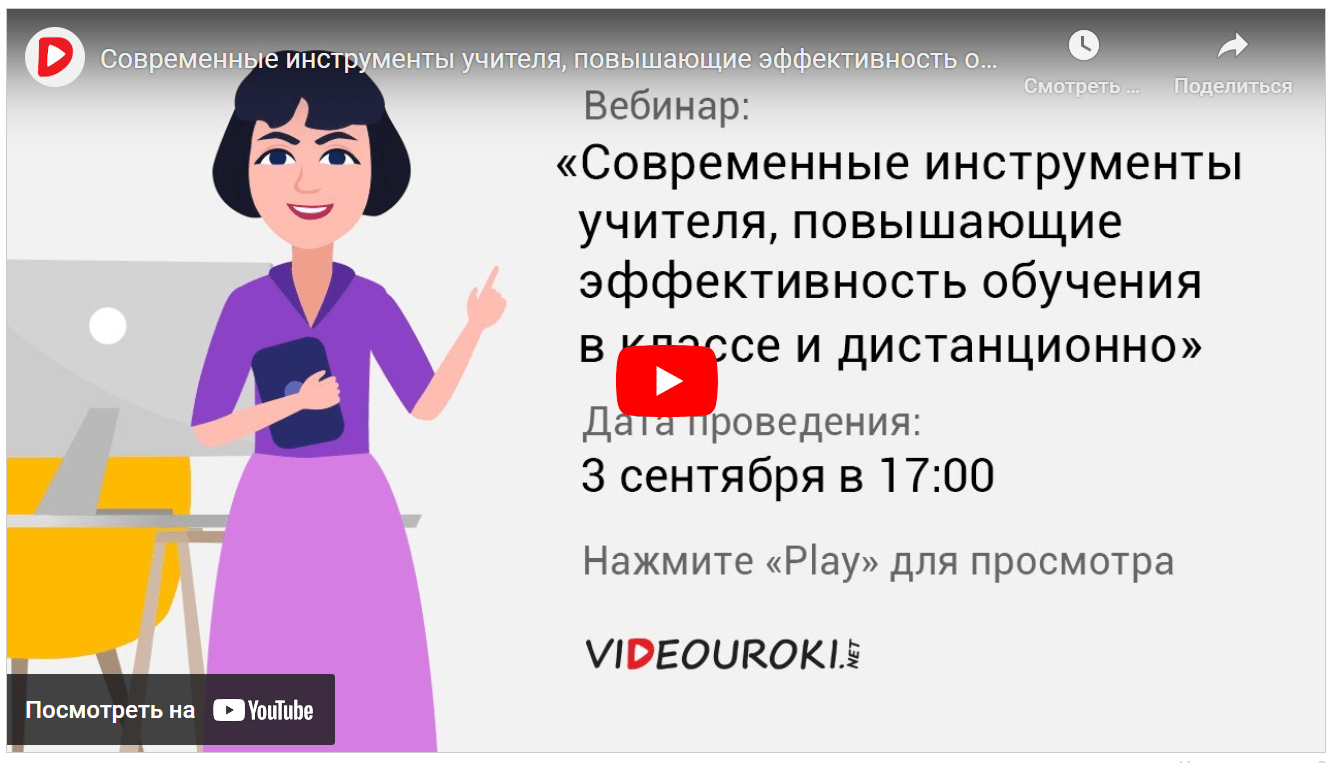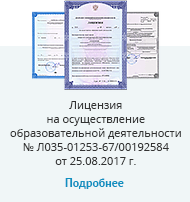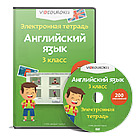| Presentation and practice
4.1.4.1
4.3.6.1
4.3.6.1 4.4.4.1
4.3.6.1 4.2.7.1
4.2.2.1 4.2.4.1
4.1.4.1 4.2.7.1 4.4.8.1
4.1.4.1 4.4.4.1 4.4.7.1
| Step 1 (Activities to develop the pupils’ listening and reading skills.) Listen and read ex 10 (Activities to develop the pupils'listening and reading skills.) Listen and read. Go through the pictures of the story and set the scene by asking the pupils questions about what they can see in the pictures. e.g. Teacher: (pointing to the firewood in picture 3) What's this? Class: Firewood, etc | Pupils book p 68 (Track 3 CD2) | Play the CD. The pupils listen and follow the story in their books. |
| Step 3 Read the story again and answer. Read the story again and match. Allow the pupils some time to read the story again. Then they complete the activity. Check their answers.
Step 4 Act out the story. Ex 14 Act out the story. For stronger classes: Assign roles to the pupils. Allow them enough time to rehearse their roles in groups. Encourage them to come to the front and act out the story. For weaker classes: Select a short exchange from the story for the pupils to act out in pairs. Step 5 Talking point. Listen and read. Make a new dialogue with your friend. Ex Talking point. Listen and read. Make a new dialogue with your friend. Refer the pupils to the picture and the dialogue. Play the CD.The pupils listen and follow along. Pause the CD for the pupils to repeat, chorally and/or individually. The pupils, in pairs, act out similar dialogues about themselves. Go around the classroom providing any necessary help. Ask some pairs to come to the front of the classroom and act out the dialogue. If you wish, write the following on the board so the pupils can refer to it while they are completing the activity. A: I love camping. B: Me, too! Let's get everything ready. We must.... A: Can I... ? B: .... And we must..., too! A: I can do that. SOUNDS SPOT (Activities to familiarise the pupils with the pronunciation of the sound /aI/.)
Listen, point and repeat. Refer the pupils to the pictures. Point to knight and say: /ai/ - knight. The pupils repeat, chorally and/or individually. Check their pronunciation. Repeat the procedure for light. Point to the picture of spy and say: /ai/- spy. Repeat the procedure for sky. Explain fhe spelling differences (-igh, -y). Play fhe CD. The pupils listen, point and repeat. Then point to the pictures at random and elicit the sounds and the words. Extension activity (Optional) Write the following words on the board: night fly, my, fight, try, right. Ask individual pupils to come to the board, read out the words and write them in the corresponding category (-igh and -y). Play the CD.The pupils listen and follow the story in their books. | Pupils book p 69 (Track 3 CD2)
Pupils book p 69
(Track 4 CD2)
Pupils book p 69
(Track 5 CD2) | Answer key Id 2 c 3 a 4 b Play the CD again with pauses for the pupils to repeat, chorally and/or individually.
Suggested answer key Dana: I love camping. Ulan: Me, too! Let's get everything ready. We must collect the firewood. Dana: Can I bring water from the river? Ulan: Yes, it's not far. And we must cook on the camp stove, too! Dana: I can do that.
Answer key igh: night, fight, right y: fly, my, try
|
| Step 6 Listen, point and repeat. Ex 15 Complete. Then listen and repeat. (Track 6 CD2) Refer the pupils to the picture. Elicit knight, light, spy and sky. Draw the pupils' attention again to the /ах/ sound. Remind them of the different spellings (-igh, -y). Allow the pupils some time to complete the missing letters. Play the CD for the pupils to listen and check their answers. | Pupils book p 69
| Answer key I spy with my little eye a knight lighting a fire and looking at the sky! Ask individual pupils to read out the sentence. Check their pronunciation and intonation. |
